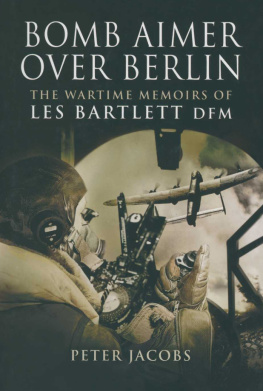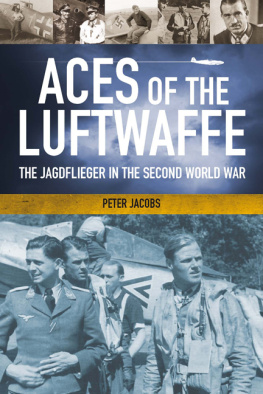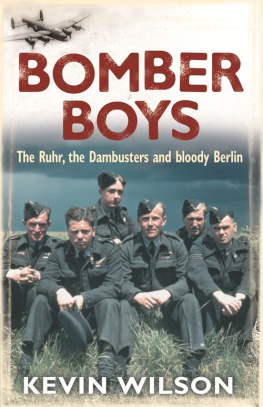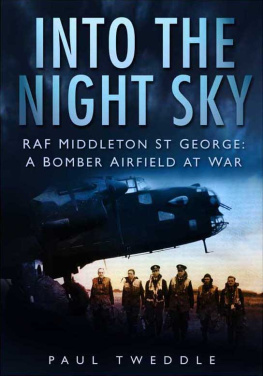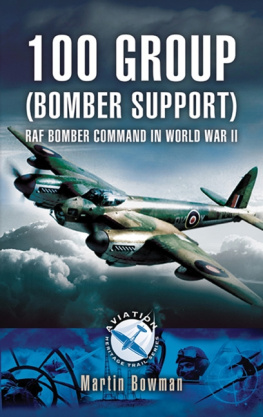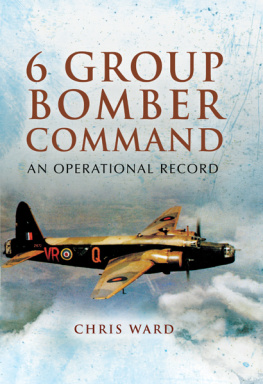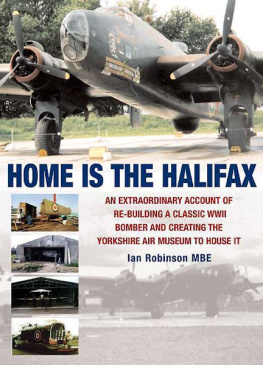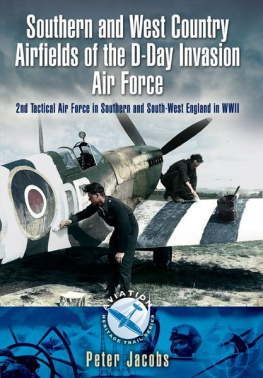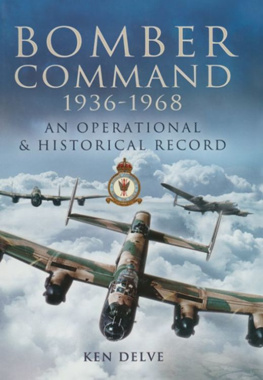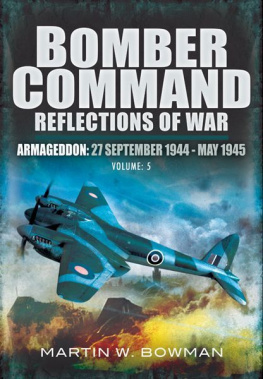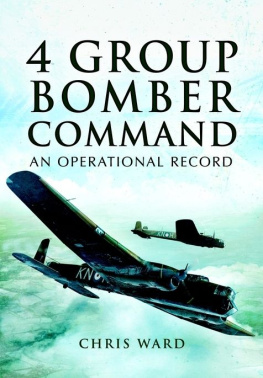Peter Jacobs - Bomber Command Airfields of Yorkshire (Aviation Heritage Trail)
Here you can read online Peter Jacobs - Bomber Command Airfields of Yorkshire (Aviation Heritage Trail) full text of the book (entire story) in english for free. Download pdf and epub, get meaning, cover and reviews about this ebook. year: 2017, publisher: Pen and Sword Aviation, genre: Non-fiction. Description of the work, (preface) as well as reviews are available. Best literature library LitArk.com created for fans of good reading and offers a wide selection of genres:
Romance novel
Science fiction
Adventure
Detective
Science
History
Home and family
Prose
Art
Politics
Computer
Non-fiction
Religion
Business
Children
Humor
Choose a favorite category and find really read worthwhile books. Enjoy immersion in the world of imagination, feel the emotions of the characters or learn something new for yourself, make an fascinating discovery.

- Book:Bomber Command Airfields of Yorkshire (Aviation Heritage Trail)
- Author:
- Publisher:Pen and Sword Aviation
- Genre:
- Year:2017
- Rating:5 / 5
- Favourites:Add to favourites
- Your mark:
Bomber Command Airfields of Yorkshire (Aviation Heritage Trail): summary, description and annotation
We offer to read an annotation, description, summary or preface (depends on what the author of the book "Bomber Command Airfields of Yorkshire (Aviation Heritage Trail)" wrote himself). If you haven't found the necessary information about the book — write in the comments, we will try to find it.
From the opening day of hostilities, RAF Bomber Command took the offensive to Nazi Germany and played a leading role in the liberation of Europe. Yorkshires airfields played a key part throughout, initially as home to the Whitley squadrons of No 4 Group and then to the four-engine Halifax heavy bombers; indeed, Bomber Commands first night operation of the war was flown from one of the countys many bomber airfields. Then, as the bombing offensive gathered pace, Yorkshire welcomed the new all-Canadian No 6 (RCAF) Group, after which all of Bomber Commands major efforts during the hardest years of 1943/44 against the Ruhr, Hamburg and Berlin involved the Yorkshire-based squadrons.
Most of Yorkshires wartime bomber airfields have long gone, but many have managed to retain the flying link with their wartime past. For example, the former RAF airfields of Finningley and Middleton St George, and the factory airfield of Yeadon, are now the sites of international airports, while Breighton, Burn, Full Sutton, Pocklington and Rufforth are still used for light aircraft flying or gliding and Elvington is home to the magnificent Yorkshire Air Museum.
From airfields such as these came countless acts of personal courage and self-sacrifice, with two men being awarded the Victoria Cross, Britains highest award for gallantry. Stories of both men are included, as are tales of other personalities who brought these airfields to life. The stories of thirty-three airfields are told in total, with a brief history of each accompanied by details of how to find them and what remains of them today. Whatever your interest, be it aviation history or more local, the county of Yorkshire has rightly taken its place in the history of Bomber Command.
Peter Jacobs: author's other books
Who wrote Bomber Command Airfields of Yorkshire (Aviation Heritage Trail)? Find out the surname, the name of the author of the book and a list of all author's works by series.

